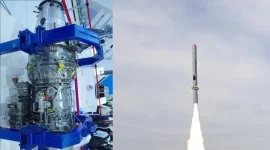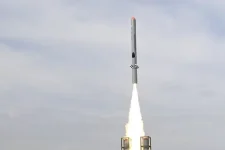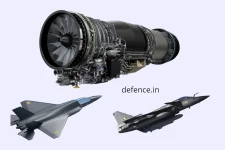- Views: 2K
- Replies: 6
India achieved a significant milestone in its pursuit of self-reliance in defence technology with the successful test of its Long Range Land Attack Cruise Missile (LRLACM) yesterday.
This test was particularly noteworthy as it featured the indigenously developed Manik engine, marking a breakthrough for domestic missile propulsion systems.
The Manik engine, a product of the Gas Turbine Research Establishment (GTRE) under the Defence Research and Development Organisation (DRDO), is a high-performance turbofan engine specifically designed for cruise missiles.
Currently manufactured by BrahMos Aerospace at a rate of 12 units per year, this compact engine represents a significant leap forward in India's ability to produce critical components for long-range precision weaponry.
This successful test has several strategic implications for India. Firstly, it reinforces India's growing stature as a defence technology powerhouse, capable of developing and producing advanced weapon systems. By integrating the Manik engine into the LRLACM, India reduces its dependence on foreign suppliers, a crucial factor in ensuring strategic autonomy.
Secondly, the use of the Manik engine offers a cost-effective solution compared to importing foreign engines. This allows for greater investment in other indigenous defence projects and contributes to the affordability of the LRLACM program. This aligns with India's "Aatmanirbhar Bharat" initiative, which emphasizes self-reliance in defence production.
However, challenges remain. Scaling up production of the Manik engine to meet the anticipated demand for the LRLACM and other potential applications will require further investment and streamlined manufacturing processes. Currently, the production rate of 12 engines per year may prove to be a bottleneck.
Looking ahead, the Manik engine has the potential to be adapted for use in a variety of missile platforms, including short-range ballistic missiles and air-launched cruise missiles. This versatility could position the Manik engine as a cornerstone of India's missile development programs, further enhancing the country's deterrence capabilities.




